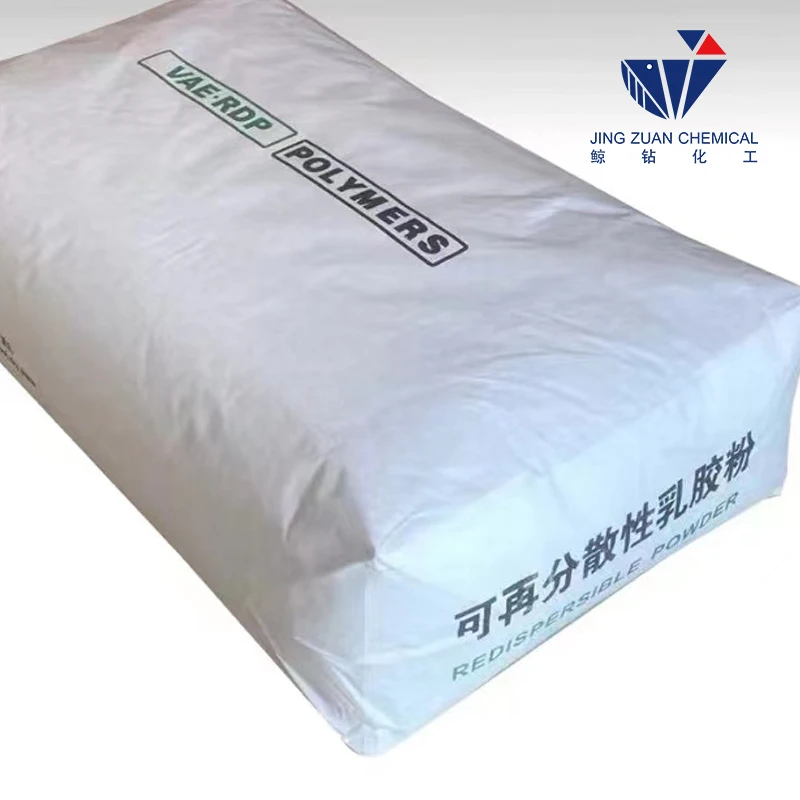
paź . 18, 2024 11:20 Back to list
Methods for Dissolving Hydroxyethyl Cellulose Efficiently and Effectively
How to Dissolve Hydroxyethyl Cellulose
Hydroxyethyl cellulose (HEC) is a non-ionic water-soluble polymer derived from cellulose, commonly used in various applications, including pharmaceuticals, cosmetics, construction, and food industries. Its unique properties make it an excellent thickening and stabilizing agent. However, properly dissolving HEC can sometimes pose challenges, especially for those unfamiliar with its characteristics. This article will guide you through the process of dissolving hydroxyethyl cellulose effectively.
Understanding Hydroxyethyl Cellulose
Before diving into the dissolution process, it's essential to understand the nature of hydroxyethyl cellulose. HEC is a derivative of cellulose, modified to improve its solubility in water. It appears as a white, free-flowing powder and is available in various viscosities, depending on the molecular weight and degree of substitution. The amount of water used and the dissolution technique can significantly impact the quality of the final product.
Step-by-Step Guide to Dissolving HEC
1. Choose the Right Grade Select the appropriate grade of HEC based on your application's viscosity requirements. Different grades have varying degrees of substitution and molecular weights, which affect their solubility. Ensure that you choose a type compatible with your intended use.
2. Preparation of Water Use clean, distilled water to dissolve HEC, as impurities in tap water can affect the polymer's performance. Ideally, the water should be at room temperature or slightly warm; avoid using boiling water as it can create lumps and prevent proper dissolution.
3. Initial Mixing In a clean mixing container, add the required amount of water. Gradually sprinkle the HEC powder onto the surface of the water while continuously stirring. Adding HEC too quickly can lead to clumping, making it harder to dissolve. Therefore, it is best to add it slowly and allow for sufficient stirring.
how to dissolve hydroxyethyl cellulose

4. Stirring Method Use a mechanical stirrer or a whisk to mix the solution. A high-shear mixer can be beneficial in dispersing HEC uniformly. Stirring should be continued until the mixture reaches a homogenous consistency. This process may take anywhere from a few minutes to half an hour, depending on the quantity and viscosity of HEC.
5. Hydration Time Allow the mixture to sit for a period after initial stirring. The hydration process is crucial for the polymer to take up water and swell. Let it sit for at least 30 minutes to an hour, depending on the viscosity grade. During this time, stir occasionally to ensure even swelling and prevent sedimentation.
6. Adjusting Viscosity If the desired viscosity is not achieved, additional HEC can be gradually added while stirring. Conversely, if the solution is too thick, you can dilute it with more water. Remember to mix well to ensure uniformity after any adjustment.
7. Temperature Consideration While HEC can dissolve in cold or warm water, heating the mixture (not exceeding 60°C) can significantly speed up the dissolution process. If using heat, be sure to stir continuously to prevent local overheating and ensure even distribution of heat throughout the mixture.
8. Final Adjustments After the mixture is fully hydrated and meets the desired viscosity, it’s ready for use. If you intend to use HEC for specific applications, such as in cosmetic formulations, consider adjusting the pH of the solution to ensure compatibility with other ingredients.
Conclusion
Dissolving hydroxyethyl cellulose may seem challenging initially, but by following the outlined steps, you can ensure effective and consistent results. The key factors to remember are choosing the correct grade, using the right temperature, and giving the polymer ample time to hydrate. With practice, dissolving HEC will become a straightforward task, allowing you to harness its thickening and stabilizing properties effectively for various applications. Whether you’re formulating a lotion, preparing a construction adhesive, or creating a food product, mastering the dissolution of hydroxyethyl cellulose is fundamental to achieving your desired outcomes.
-
The Widespread Application of Redispersible Powder in Construction and Building Materials
NewsMay.16,2025
-
The Widespread Application of Hpmc in the Detergent Industry
NewsMay.16,2025
-
The Main Applications of Hydroxyethyl Cellulose in Paints and Coatings
NewsMay.16,2025
-
Mortar Bonding Agent: the Key to Enhancing the Adhesion Between New and Old Mortar Layers and Between Mortar and Different Substrates
NewsMay.16,2025
-
HPMC: Application as a thickener and excipient
NewsMay.16,2025
-
Hec Cellulose Cellulose: Multi functional dispersants and high-efficiency thickeners
NewsMay.16,2025







